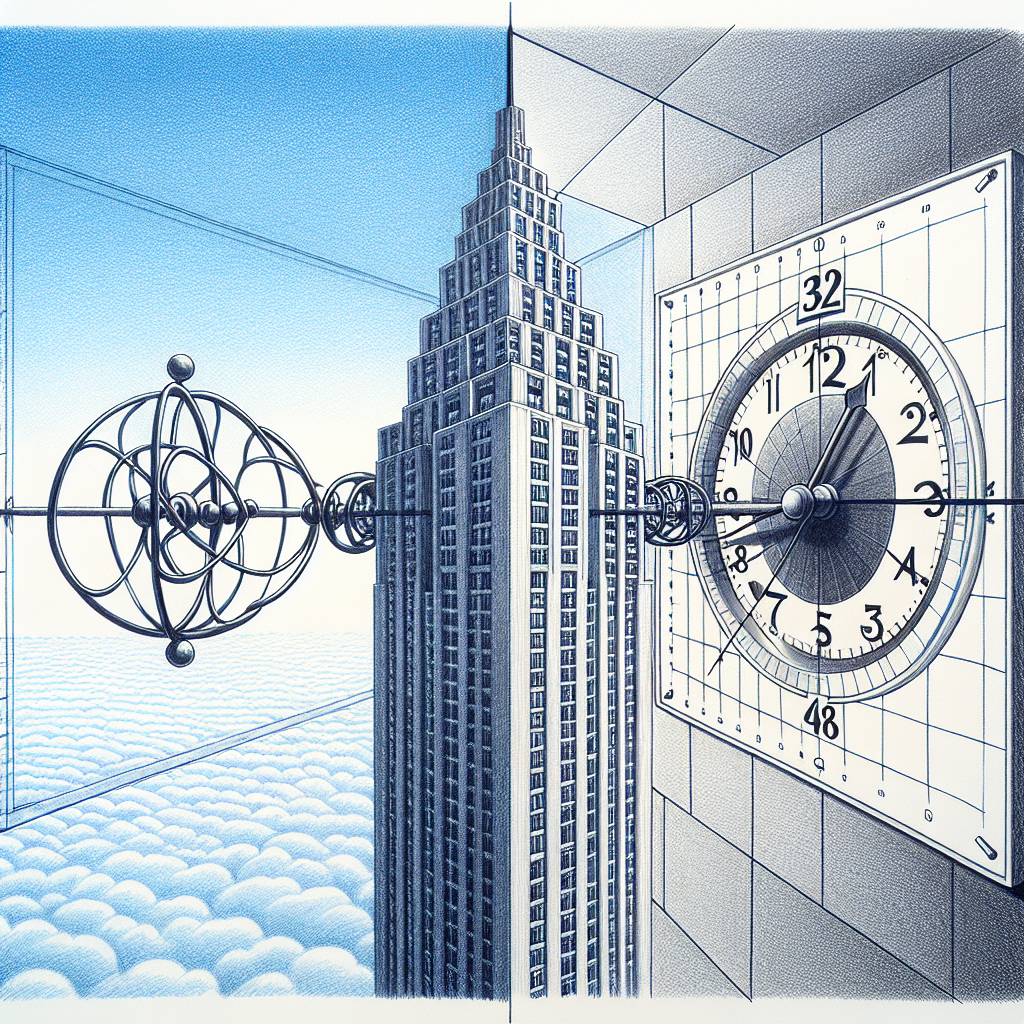Japanese Study Reveals Time Passes Faster at Skyscraper Heights

Intriguing Insights from Japan: Time Variability at Skyscraper Levels
A recent groundbreaking study from Japan has illuminated a fascinating principle of physics that demonstrates how time passes faster at the top of a skyscraper compared to its base. This research is not only significant in the realm of theoretical physics but also has practical implications for designing future architecture and technological systems reliant on precise time measurement.
Theoretical Background: Relativity and Time Dilation
The study leverages Einstein's theory of general relativity, which suggests that the gravitational field of a massive object—such as Earth—can affect the passage of time. According to this theory, time is reduced closer to a massive body due to gravitational time dilation, meaning that someone standing on the ground floor of a skyscraper actually experiences time slightly slower than someone at the top floor.
In this research, Japanese scientists employed highly sensitive atomic clocks to measure the difference in time experienced between two points along a vertical axis in a skyscraper. This minute time difference substantiates the hypothesis that gravity has a tangible effect on the progression of time.
Impact on Technology and Infrastructure
This finding holds particular significance for technologies that rely on extremely precise timing. For instance, satellite navigation systems, which depend on the accuracy of atomic clocks, could potentially benefit from understanding and accommodating these variances in time caused by gravity. In high-rise urban environments, accounting for gravitational time dilation can improve the precision of data transmission and synchronization across various technological platforms.
Architectural Innovations and Future Implications
Looking ahead, the implications for architecture could be profound. Architects might consider time differences in engineering feats, especially in mega-skyscrapers. Incorporating an understanding of time variability due to altitude could play a role in both the structural design and in the operational logistics of buildings serving critical purposes.
Furthermore, this research contributes to cosmological studies by offering terrestrial proof of relativity theories. By examining how gravitational forces impact time, scientists can better comprehend astrophysical phenomena, such as the behavior of massive celestial bodies in space.
Conclusion: A Timely Discovery
Ultimately, this Japanese study not only verifies a crucial aspect of Einsteinian physics but also underscores the need for a reevaluation of how we conceive time in everyday environments. Such discoveries illustrate the intertwined nature of scientific research and technological advancement, prompting us to consider how foundational theories of physics influence our modern world.



Comments ()